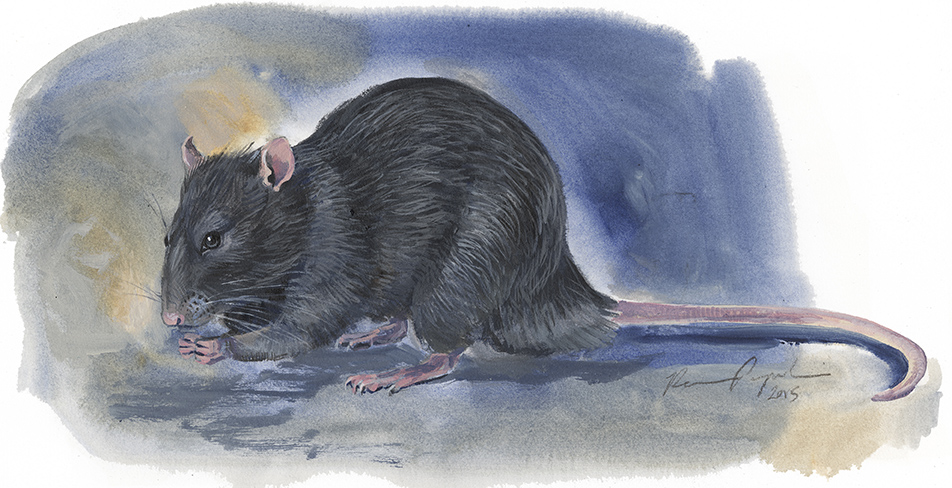Rats often stow-away on boats, and are carried as unpaid passengers on shipping routes all over the world.Seabirds often choose to breed on isolated islands that are free of land predators, and these populations are extremely vulnerable to the accidental introductions of rats.
Rats can eat seabird adults, eggs, and chicks. They kill and stash many more food items than they can eat, and seabird colonies can be quickly decimated if rats invade.
Scientists have recently published a paper that models the frequency and location of historical shipwrecks in Alaska, and overlays this information with the location of seabird colonies. This information provides a measure of risk of potential rat invasion to the most important seabird colonies in Alaska. Risk here is the combination of how likely an accident is going to occur and how much damage it would cause.
The researchers find that most shipwrecks were in the eastern Aleutians, whereas the largest seabird colonies are located in the western Aleutian and Pribilof Islands. Of the largest seabird colonies, the risk of rat introduction was greatest for St. George (Pribilof Islands), Buldir (Western Aleutians) and St. Matthew (Bering Sea).
This study also helps identify where eradication efforts (elimination of introduced rats) would be most suitable. The islands of Kiska and Attu would be particularly suitable for restoration, if rodents could be removed, given their low expected chance of future shipwrecks.
Most importantly, this study provides a great reminder of the importance in improvement in rat prevention and shipping safety for the future of island eco-systems and seabird populations worldwide.

